Published as part of an August 2019 environmental assessment (EA) draft for Starship’s prospective Pad 39A launch facilities, SpaceX revealed plans for a truly mindboggling number of annual Falcon 9 and Falcon Heavy launches by 2024.
As environmental planning documents, the figures should be taken with a large grain of salt and be treated as near-absolute ceilings rather than practical goals. Nevertheless, SpaceX revealed plans for its two Florida launch sites (LC-40 and LC-39A) to ultimately support as many as 70 annual launches of Falcon 9 and Heavy by 2024, less than five years from now.
Simply put, even the most dogmatic fan would have to balk at least a little bit at the numbers SpaceX suggested in its Starship EA draft. More specifically, SpaceX apparently has plans to support as many as 20 annual Falcon 9/Heavy launches from Pad 39A and an incredible 50 annual Falcon 9 launches from LC-40 as early as 2024.
“SpaceX plans to increase the Falcon launch frequency to 20 launches per year from LC-39A and up to 50 launches per year from LC-40 by the year 2024. However, as Starship/Super Heavy launches gradually increase to 24 launches per year, the number of launches of the Falcon would decrease.“
–SpaceX, Starship Environmental Assessment Draft, August 2019

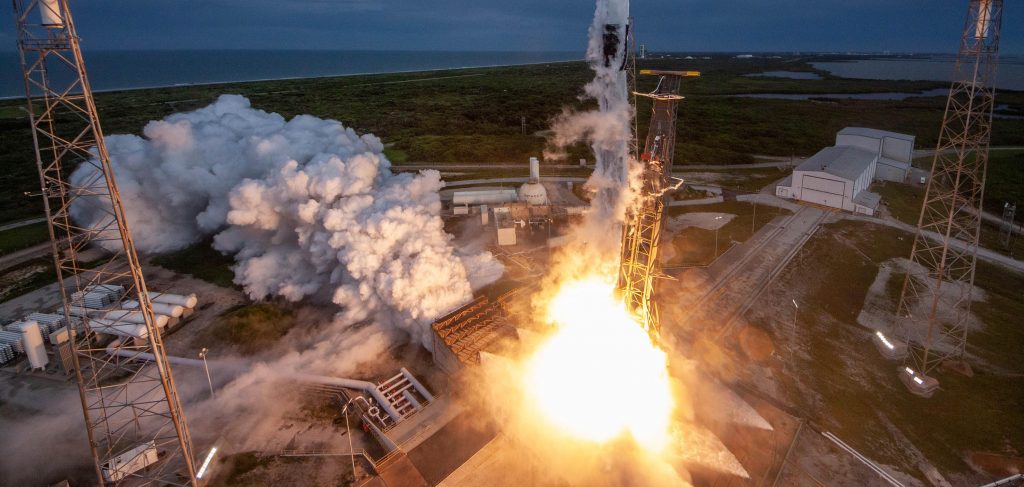
Two obvious options
Given just how significant of an increase a 70-launch annual cadence would be for SpaceX relative to their current record of 21 launches, it’s entirely possible that these numbers are really just a pipe dream included in a pending environmental assessment to hedge bets just in case a similar launch frequency is achieved over the next five years.
On the other hand, it’s possible that SpaceX – just now coming into the ability to reliably achieve a much higher cadence – has coincidentally become payload-constrained at almost the same time, meaning that the company’s customers’ payloads just aren’t ready for launch. This would explain, for example, why SpaceX has only launched 10 times this year when the company had already completed 15 launches by August 2018.
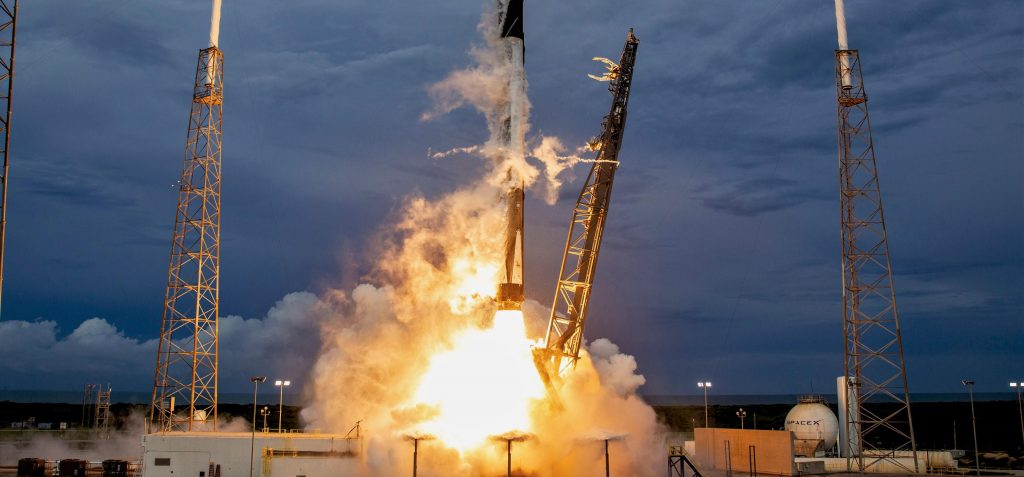
Additionally, it can be almost unequivocally assumed that all but 15-20 of those supposed 70 annual launches would come from SpaceX’s own internal demand for Starlink launch capacity. Assuming no improvements between now and 2024, 50 Falcon 9 launches could place as many as 3000 Starlink satellites in orbit in a single year, equivalent to more than 25% of the entire proposed ~11,800-satellite constellation.
Barring regulatory changes to US Federal Communications Commission (FCC) and International Telecommunication Union (ITU) requirements, SpaceX must launch at least half of all Starlink satellites (~5900) by November 2024 and finish launching the remaining ~5900 by November 2027. If SpaceX fails to reach those deployment milestones, the company runs the risk of losing Starlink’s domestic and international licenses to operate.
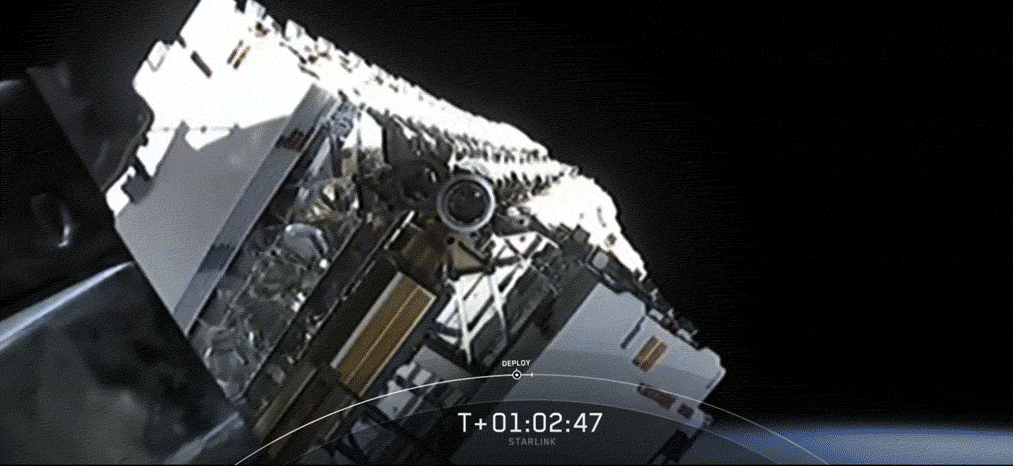
This would help to explain why SpaceX says that it’s planning to reach a maximum cadence of 70 annual launches “by 2024”, given that 2024 will be a pivotal year in the eyes of regulations currently in effect for Starlink.
Starship confusion
As noted in the quote above, SpaceX plans to eventually phase out Falcon 9 and Heavy launches as the company’s next-generation Starship and Super Heavy launch vehicle gradually comes online, proves itself reliable, and begins operational launch activities. According to SpaceX, given just how much mass Starship can nominally launch relative to both Falcon 9 and Heavy, far fewer launches will be needed to accomplish the tasks that would otherwise require several times more launches of SpaceX’s smaller vehicles.
SpaceX’s initial Environmental Assessment for Starship launches from Pad 39A caps the rocket’s maximum cadence at 24 annual launches. Oddly, this directly contradicts the goals set for Starship (formerly BFR) by CEO Elon Musk and SpaceX more generally. By building a launch vehicle that is fully and rapidly reusable, the goal has long been to deliver cheap, aircraft-like access to orbit at a completely unprecedented scale.
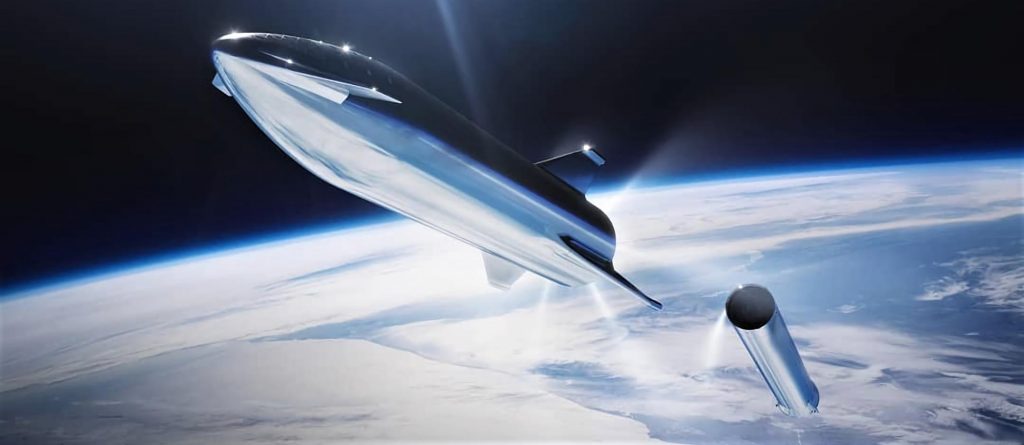
This would technically mean that SpaceX could actually dramatically increase its launch cadence without increasing costs, allowing the company to perform currently nonsensical missions where Starship might launch payloads weighing just 5-10% of its total payload capacity. Airline operations routinely do things of a similar nature, sometimes flying just a fraction of their maximum passenger load to destinations for a variety of reasons.
Additionally, SpaceX has consistently indicated that Starship will rely heavily on orbital refueling to accomplish its ultimate deep space ambitions. Previous presentations from Elon Musk have shown that launches to the Mars or Moon with significant payload would require no fewer than five separate tanker launches and orbital refuelings, all of which would classify as one of the 24 annual launches SpaceX has described in its August 2019 EA draft. On their own, launching two Starships to Mars with 100 tons of payload each would require no fewer than 10-12 launches.
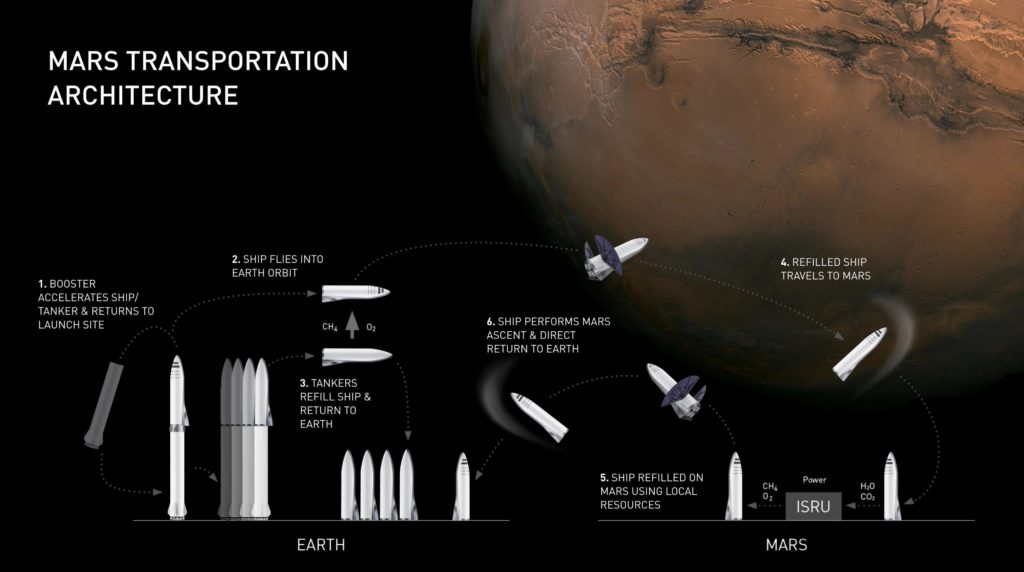
Ultimately, it’s unwise to draw any substantial conclusions from an Environmental Assessment like the one the above information has been taken from. This 39A-specific EA also ignores the possibility of a similar launch facility being developed in Boca Chica, Texas, which SpaceX explicitly acknowledges.
This particular draft is also the first Starship-related EA ever filed by SpaceX, and the company may thus be treating it more as a bare minimum with the intention of eventually pursuing far more ambitious launch rates once Starship has been established.
Check out Teslarati’s newsletters for prompt updates, on-the-ground perspectives, and unique glimpses of SpaceX’s rocket launch and recovery processes.

<!–
–>
var disqus_shortname = «teslarati»;
var disqus_title = «SpaceX teases extreme Falcon 9 launch cadence goals in Starship planning doc»;
var disqus_url = «https://www.teslarati.com/spacex-falcon-9-extreme-launch-cadence-goals/»;
var disqus_identifier = «teslarati-110801»;

